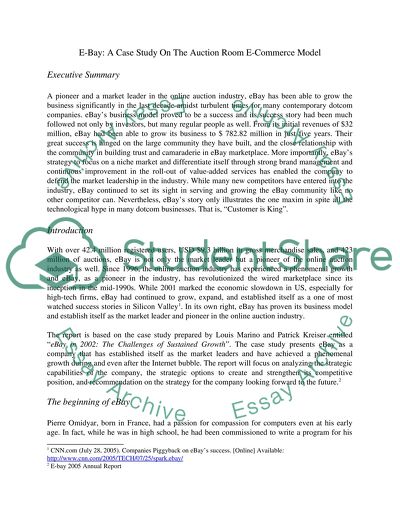Cite this document
(Gaining Competitive Advantage Through the E-commerce Leverage Case Study, n.d.)
Gaining Competitive Advantage Through the E-commerce Leverage Case Study. Retrieved from https://studentshare.org/e-commerce/1537997-strategic-management-of-isit
Gaining Competitive Advantage Through the E-commerce Leverage Case Study. Retrieved from https://studentshare.org/e-commerce/1537997-strategic-management-of-isit
(Gaining Competitive Advantage Through the E-Commerce Leverage Case Study)
Gaining Competitive Advantage Through the E-Commerce Leverage Case Study. https://studentshare.org/e-commerce/1537997-strategic-management-of-isit.
Gaining Competitive Advantage Through the E-Commerce Leverage Case Study. https://studentshare.org/e-commerce/1537997-strategic-management-of-isit.
“Gaining Competitive Advantage Through the E-Commerce Leverage Case Study”. https://studentshare.org/e-commerce/1537997-strategic-management-of-isit.


